
Rose Hips also known as Apothecary Rose, Cynorhodon, Cynorhodons, Cynosbatos, Dog Rose, Dog Rose Hips, Églantier, Fruit de l’Églantier, Gulab, Heps, Hip, Hip Fruit, Hip Sweet, Hipberry, Hop Fruit, Persian Rose, Phool Gulab, Pink Rose, Poire d’oiseaux, Rosa alba, Rosa centifolia, Rosa damascena, Rosa de castillo, Rosa gallica, Rosa Mosqueta, Rosa provincialis, Rosa canina, Rosa lutetiana, Rosa pomifera, Rosa rugosa, Rosa villosa, Satapatri, Rosae pseudofructus cum semen, Rosehip, Rosehips, Rose des Apothicaires, Rose de Provins, Rose Rouge de Lancaster, Rosier de Provence, Satapatrika, Shatpari, Wild Boar Fruit are THE best thing to make jam with.

Or so I thought when arriving in a small bed&breakfast in some remote part of Southern Argentina, after months of being deprived of sugar, an essential, perhaps the essential staple of my diet…. I might have told the story before, but I could not stop eating that jam, generously supplied at the breakfast table, by the spoonful. (These days I favor currant jam, not easily found here, and a special sour treat when done right.)

Rose Hips are visually enticing, providing such saturated color in fall, red to black splashes in the fading landscape. High in Vitamin C they are also recommended to be taken as a supplement (although as it turns out, when you process them and dry them yourself, almost all the Vitamin C disappears.)
Here is the deal, though: just because rose hip supplements are “natural” it does not mean they don’t have possible interactions with other medications or certain ailments. The assumption that things that are plant-based are safe is one of my pet peeves.

Just a few pointers, before you mega dose on natural Vitamin C in this cold season: Rose Hips increase how much estrogen your body absorbs; if at risk for cancer you don’t want to up the amount of estrogen floating around. Rose Hips interact with aluminum, (found in most antacids) increasing the amount the body stores. If you are on lithium, Rose Hips interfere with getting rid of the drug, leading to side effects. If you are on Coumadin, which is used to slow blood clotting, Rose Hips decrease the effectiveness of the drug. If you are diabetic they interfere with blood sugar regulation. And last but not least there are some data that point to the possibility of developing kidney stones if you eat large amounts of the Vitamin C in Rose Hips.

I guess it’s better to stick to the visual beauty and leave them as food for the birds…. and listen to folk songs about them https://www.youtube.com/watch?v=ETQTDMP17Ks

Or read poems about them that are deliciously subversive.


This young poet, by the way, is a force to be reckoned with. My kind of approach to nature…..
http://sorlil.wixsite.com/mmccready
And here is a vibrant red matching the vibrant wins of the Democrats in last night’s election – what a ray of hope.










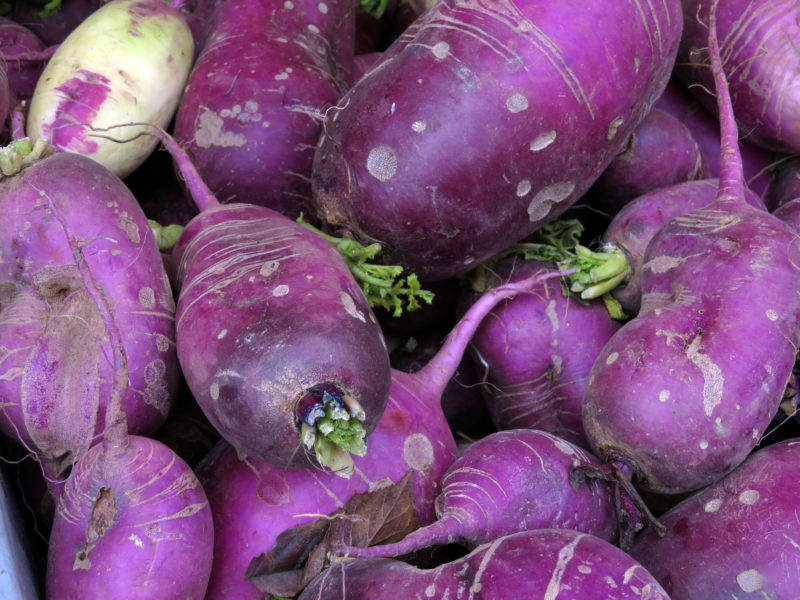













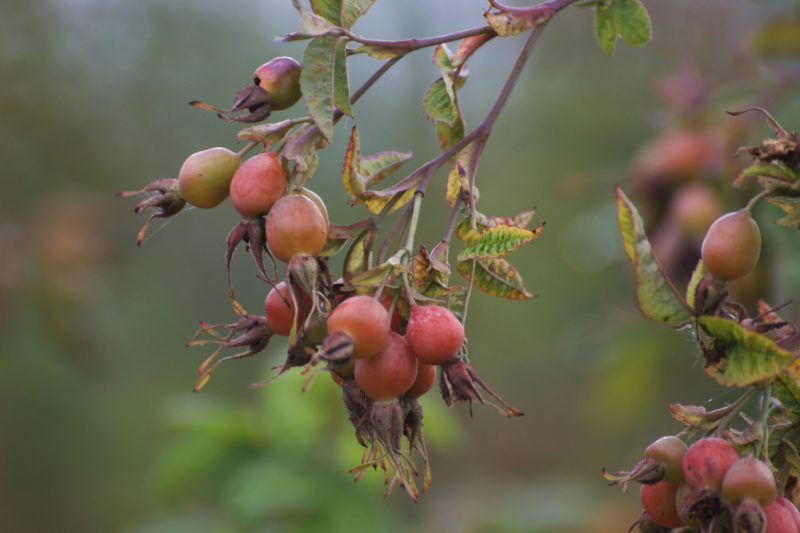









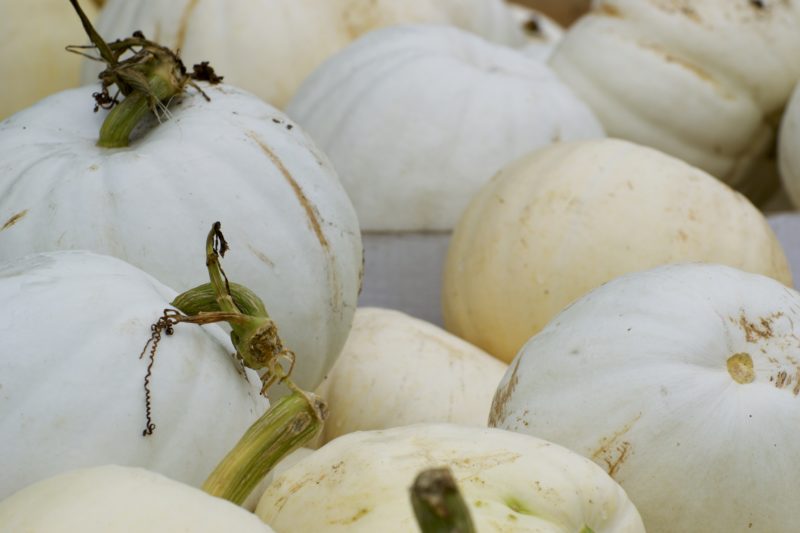
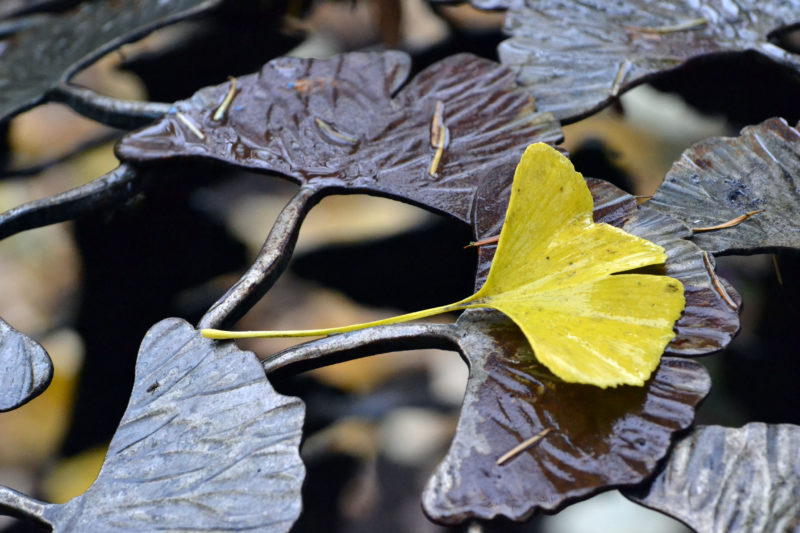













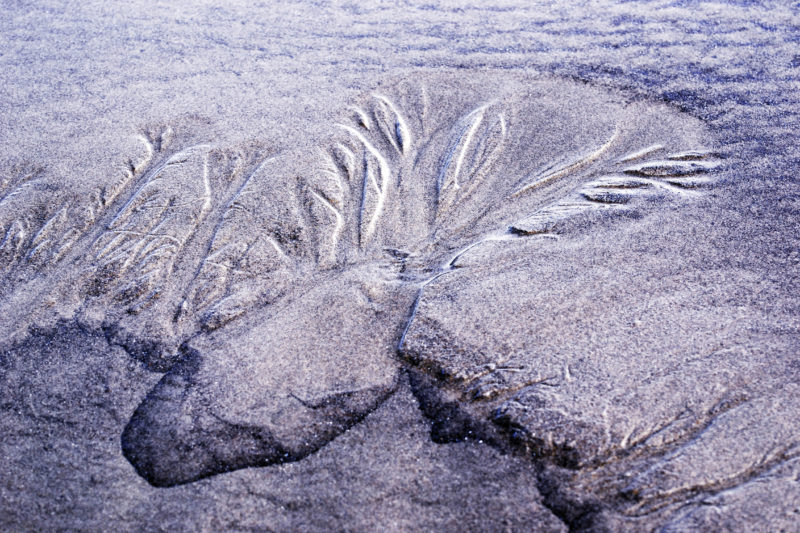








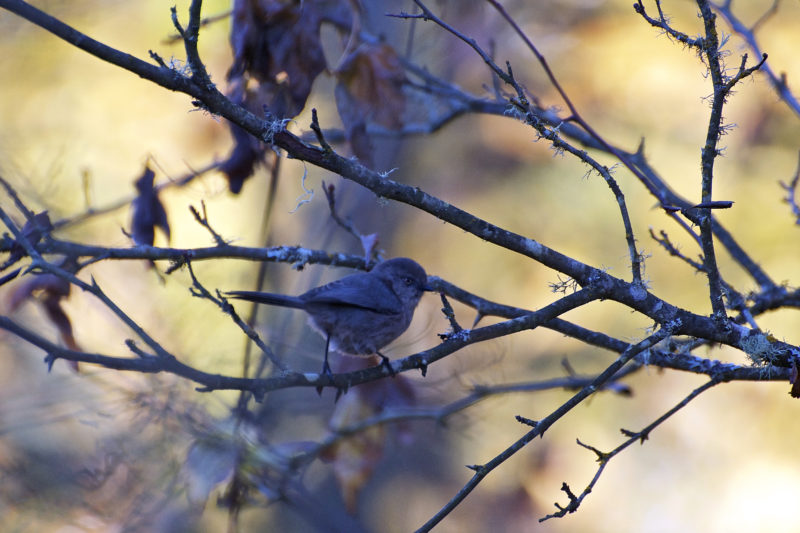

















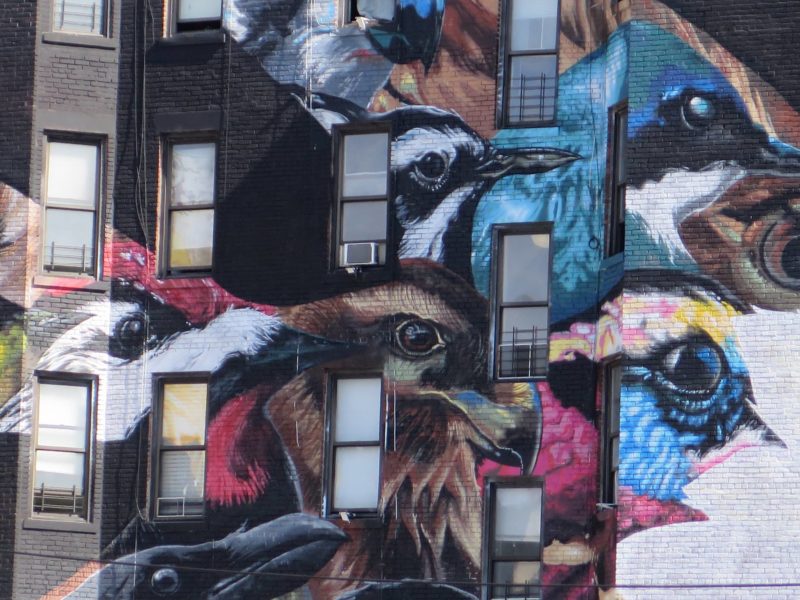










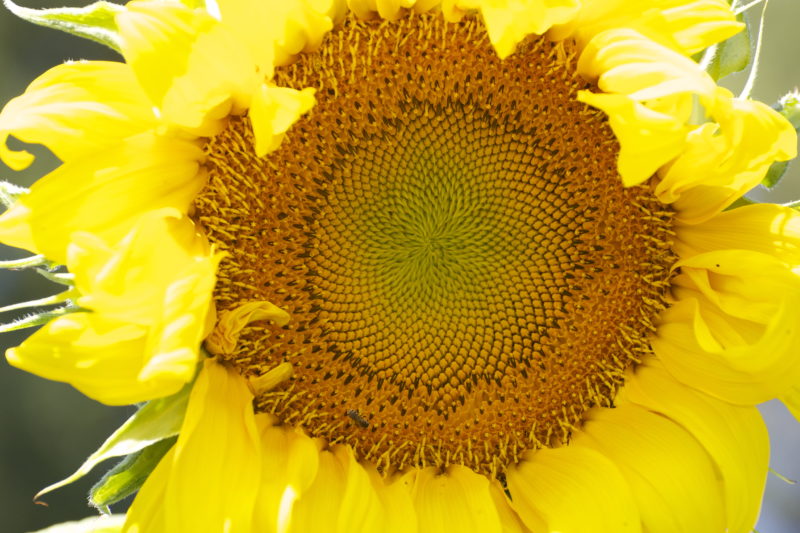







 It even taught me that you can use the head as a scrubbing pad……..
It even taught me that you can use the head as a scrubbing pad……..


































